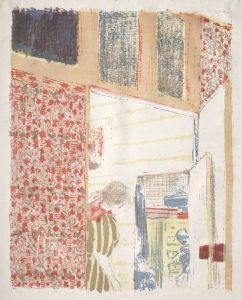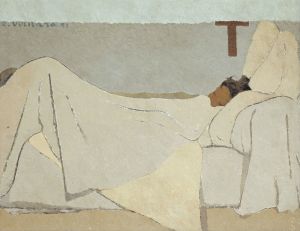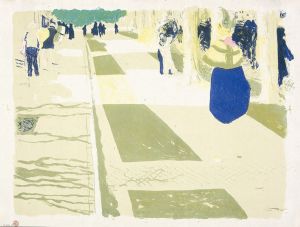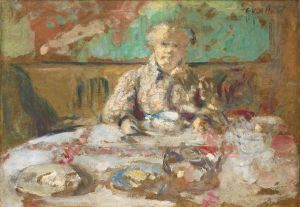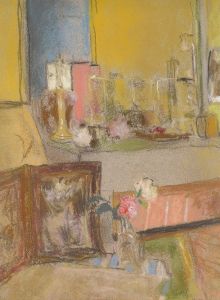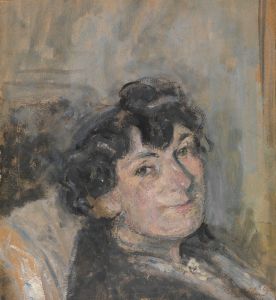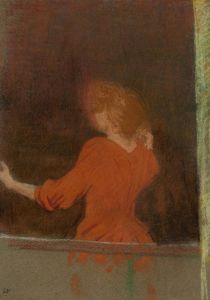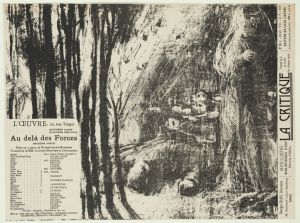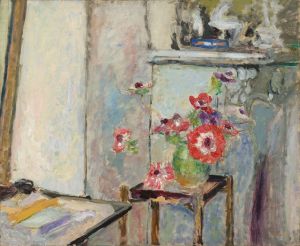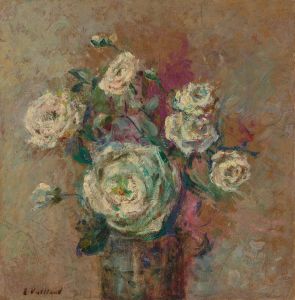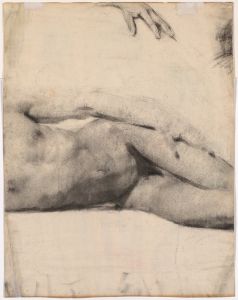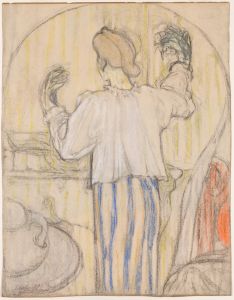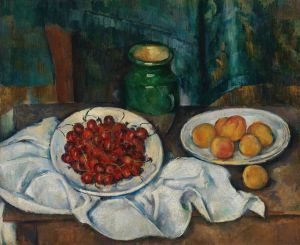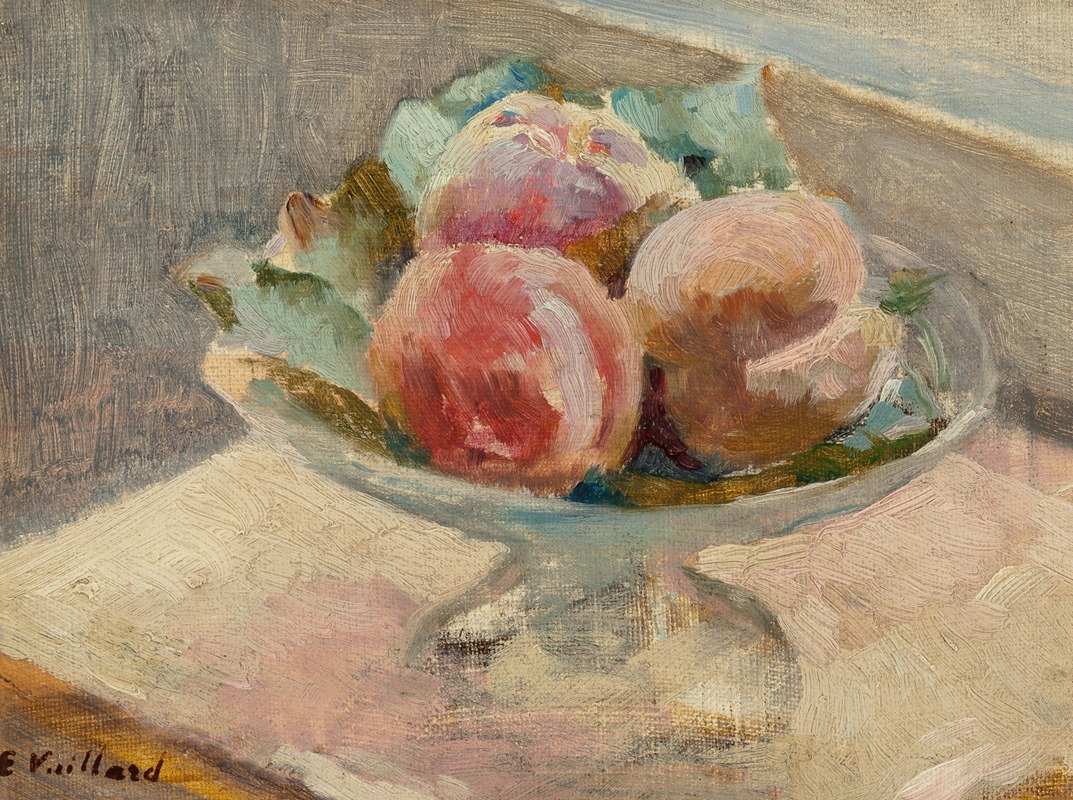
Le compotier de pêches
A hand-painted replica of Édouard Vuillard’s masterpiece Le compotier de pêches, meticulously crafted by professional artists to capture the true essence of the original. Each piece is created with museum-quality canvas and rare mineral pigments, carefully painted by experienced artists with delicate brushstrokes and rich, layered colors to perfectly recreate the texture of the original artwork. Unlike machine-printed reproductions, this hand-painted version brings the painting to life, infused with the artist’s emotions and skill in every stroke. Whether for personal collection or home decoration, it instantly elevates the artistic atmosphere of any space.
Édouard Vuillard, a prominent French painter associated with the Nabi movement, created "Le compotier de pêches" (The Fruit Bowl with Peaches) during his prolific career. Vuillard, born on November 11, 1868, in Cuiseaux, France, was known for his intimate domestic interiors and nuanced use of color and pattern. He was a key figure in the transition from Impressionism to more modern forms of art, and his work often reflects a deep interest in the everyday life and the environments that people inhabit.
Vuillard's artistic journey began at the Académie Julian in Paris, where he met other young artists who would become part of the Nabi group, including Pierre Bonnard and Maurice Denis. The Nabis were influenced by Paul Gauguin and sought to break away from the naturalism of Impressionism, focusing instead on the symbolic and decorative potential of color and form. Vuillard's work is characterized by its rich textures and the way he captures the interplay of light and shadow within confined spaces.
"Le compotier de pêches" exemplifies Vuillard's ability to transform a simple still life into a vibrant composition. The painting features a fruit bowl filled with peaches, rendered with a delicate attention to detail and a subtle palette that highlights Vuillard's mastery of color harmony. The composition is likely to include the intricate patterns and textures that Vuillard is known for, creating a sense of depth and intimacy.
Vuillard's still lifes, including "Le compotier de pêches," often reflect his interest in the decorative arts and his ability to integrate elements of his surroundings into his work. His paintings frequently include textiles, wallpapers, and other domestic objects, which he uses to create a sense of enclosure and warmth. This approach is indicative of Vuillard's broader artistic philosophy, which sought to blur the boundaries between fine art and everyday life.
Throughout his career, Vuillard maintained a close connection with his family, particularly his mother, who ran a corset-making business. This familial environment provided him with a wealth of visual material and influenced his focus on domestic interiors. Vuillard's work is often seen as a reflection of his personal life, with his paintings serving as a visual diary of his experiences and relationships.
Vuillard continued to paint until his death on June 21, 1940, in La Baule, France. His legacy is preserved in numerous public and private collections worldwide, and his work continues to be celebrated for its unique blend of intimacy, color, and pattern. "Le compotier de pêches" stands as a testament to Vuillard's ability to find beauty in the mundane and to elevate everyday objects to the level of fine art. His contributions to the development of modern art remain significant, and his paintings continue to inspire artists and art lovers alike.





